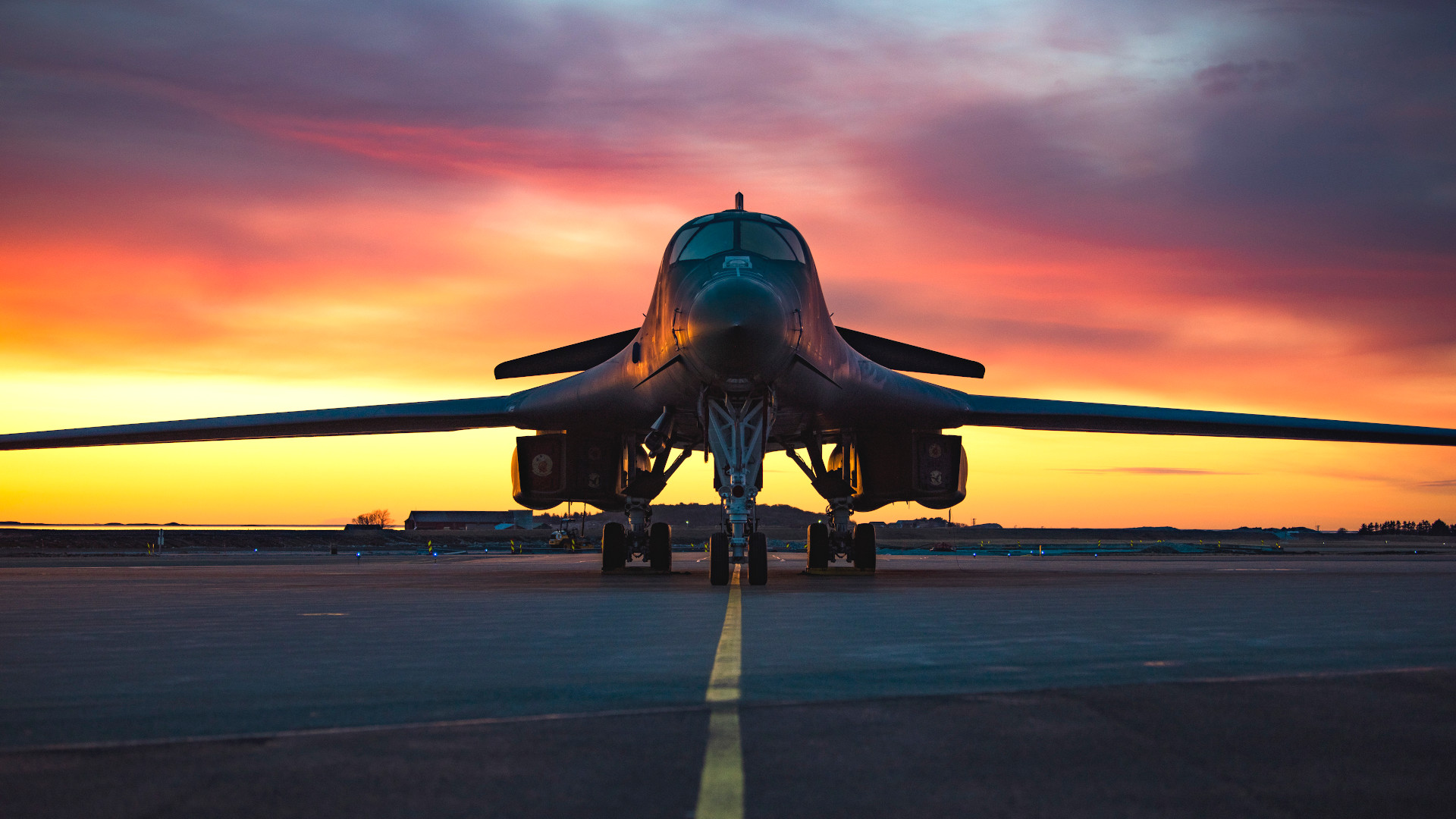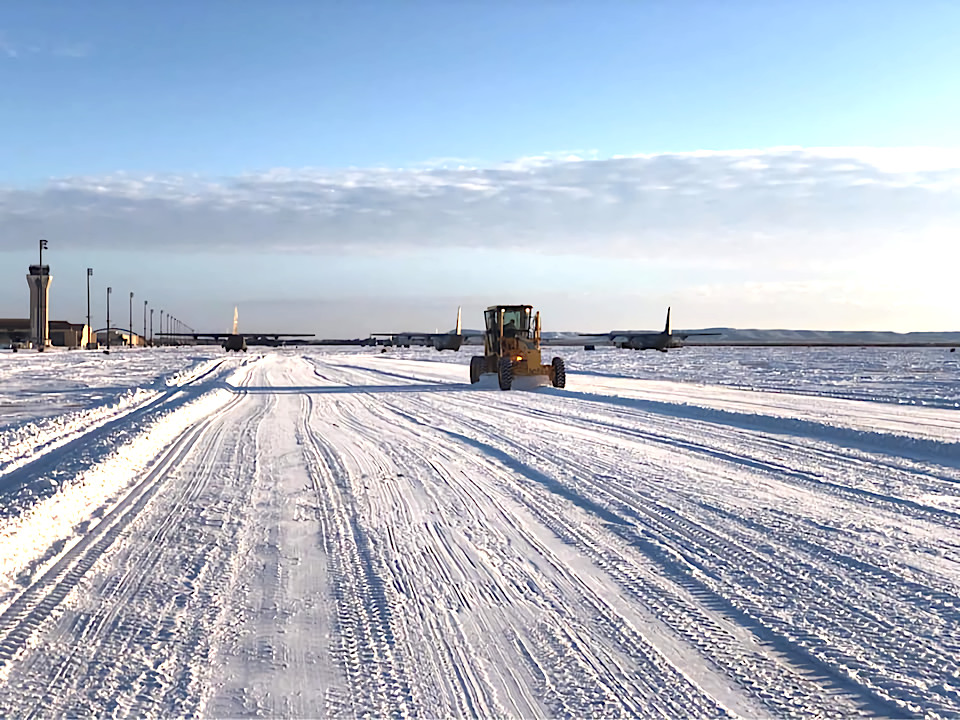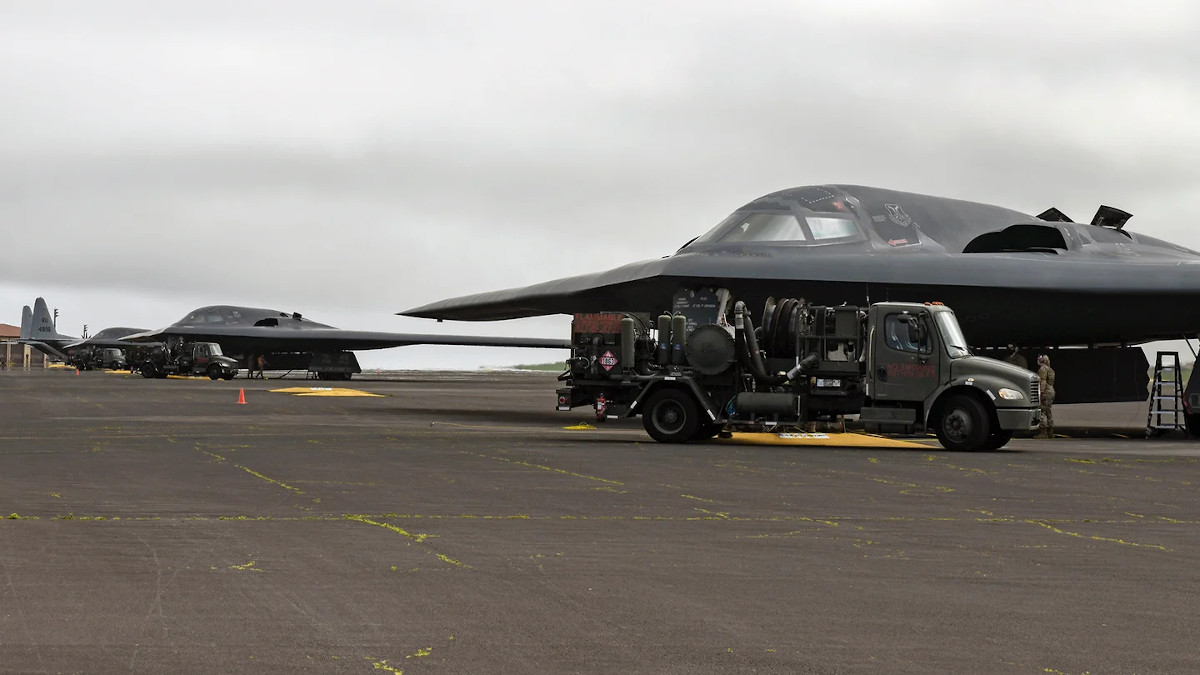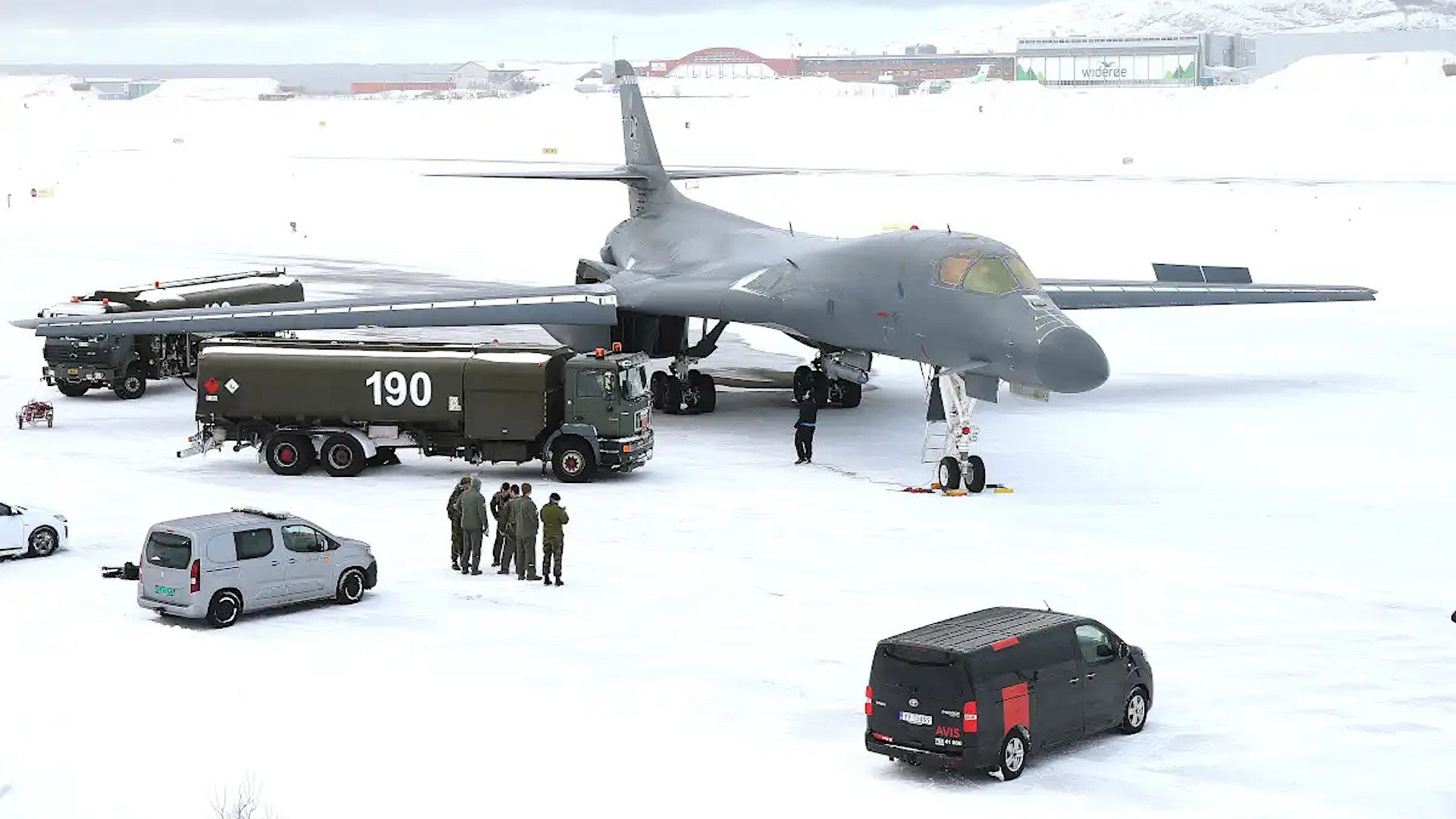One of the U.S. Air Force’s B-1B bombers that took part in a historic deployment to Norway earlier this year suffered significant engine damage while in that country in a mishap that has not been previously reported. That incident is directly linked to a decision by the leadership of the 7th Bomb Wing at Dyess Air Force Base in Texas to relieve a maintenance squadron commander there “due to loss of confidence” in their ability to command.
The 7th Bomb Wing’s public affairs office confirmed that the mishap occurred and that it took place in Norway in a statement to The War Zone on Apr. 16, 2021. Four B-1Bs from the Wing’s 9th Bomb Squadron arrived at the Royal Norwegian Air Force’s Ørland Main Air Station in February. That deployment officially wrapped up in March.

“During a recent deployment to Norway, a B-1B did have engine damage but that incident is still under investigation and we are unable to provide further information at this time,” Technical Sergeant David Scott-Gaughan, a spokesperson for the 7th Bomb Wing, said. “A commander at Dyess AFB was relieved of command due to loss of confidence in her ability to lead the squadron.”
Sources had previously told The War Zone that the incident occurred when a tablet computer was ingested in one of the engines, which caused substantial damage, necessitating the replacement of both engines on one side of the aircraft. The 7th Bomb Wing would neither confirm nor deny any of these specific details.
It is worth noting that the Air Force had released pictures of B-1Bs returning to Dyess on March 23 following their deployment to Norway. Just this week, however, on April 12, the service announced that a lone B-1B assigned to the 7th Bomb Wing had flown from Ørland Main Air Station back to the Aegean Sea, which is situated between Greece and Turkey. “The bomber will return to Dyess AFB upon completion of the mission,” according to an official release.

That flight followed long-range, round-trip sorties that B-1Bs flew over the Aegean from Ellsworth Air Force Base in South Dakota last week. Those flights appeared to be, at least in part, a message aimed at Russia over its worrying and still-ongoing military buildup along its borders with Ukraine, which you can read about more here.
Still, no explanation was given as to why this other B-1B was still in Norway nearly three weeks after the official end of the 7th Bomb Wing’s deployment to that country. This could lend credence to the information our sources had provided about the aircraft requiring substantial repairs to get it flying again.
“Our commitment to regional peace and stability is unwavering,” Air Force General Jeff Harrigian, head of U.S. Air Forces in Europe-Air Forces Africa (USAFE/AFAFRICA), said in a statement at the time. “Missions like this are just one example of NATO’s ready, lethal force that can respond to any global threat at a moment’s notice.”
The 7th Bomb Wing did confirm to The War Zone that Lieutenant Colonel Kristen Shadden was the officer relieved of command in relation to the mishap. Military.com had reported earlier this month that the Wing’s commander, Colonel Jose Sumangil, had removed Shadden, then in charge of the 7th Aircraft Maintenance Squadron, from her post on March 29.
“As the commander of the 7th Bomb Wing, I do not take this decision lightly,” Sumangil had said in a statement to Military.com, but did not explain what the inciting incident had been. “At this time, our focus is on taking care of our airmen and ensuring a safe and disciplined work environment.”
“Lt. Col. Shadden has been temporarily reassigned to a different unit at Dyess while her follow-on assignment is being determined,” Technical Sergeant Scott-Gaughan, the 7th Bomb Wing spokesperson, also told that outlet at the time, but did not elaborate on the circumstances leading to her relief.
The Air Force had previously highlighted Shadden and the rest of the 7th Aircraft Maintenance Squadron as being critical players in getting the four B-1Bs ready for their deployment to Norway. Those preparations had been carried out at Dyess while the base, as well as Texas, as a whole, along with other neighboring states, was reeling from the effects of winter storm Uri. There are already estimates that predict that the total costs incurred from that storm, including from immediate damage and longer-term economic impacts, will be in the hundreds of billions of dollars.
“It did slow things down quite a bit, especially with the ramp being covered in snow and ice our people had to slow down to stay safe while they worked,” Lieutenant Colonel Shadden said in an interview for an official Air Force news story in March. “We had to get the aircraft deployed.”

“We, as the 7th Bomb Wing, had committed to the combatant commanders that we were going to have four aircraft that deployed to Norway, and that was the goal,” she continued. “We had to make sure we had all these aircraft, including spares available, so that we could get these aircraft launched out on time.”
The four B-1Bs did ultimately deploy as planned to Norway. During the deployment, the bombers conducted various sorties above and around the increasingly strategic Arctic region. This included one training mission that also involved B-2 stealth bombers, which had flown in from Whiteman Air Force Base in Missouri by way of Lajes Field in the Azores in the Atlantic Ocean.

In addition to the significance of demonstrating the Air Force’s ability to forward deploy bombers to locations from which they are better positioned to conduct Arctic operations, the Norway deployment also underscored the continued importance of the B-1Bs to the Air Force’s current bomber concepts of operation, in general. These new operating models are heavily focused on short-notice forward deployments around the world, carried out at irregular intervals, as well as long-range, round trip sorties to strategically significant areas from bases in the United States.
At the same time, the Air Force is in the process of sending 17 of its oldest B-1Bs to the boneyard at Davis-Monthan Air Force Base in Arizona with the express goal of improving the readiness of its remaining fleet of the bombers and ensuring their continued relevance for years to come. With this in mind, the service has been pushing ahead with efforts to expand the arsenal of these aircraft, including plans for the integration of future hypersonic weapons and the restored ability to carry various stores on external pylons.
With all this in mind, it’s possible that there could be a silver lining to this B-1B mishap in Norway. The incident could provide valuable additional data and experience with regards to conducting significant repairs on these aircraft at forward locations, and any major hurdles involved in doing so, within the context of the Air Force’s current rapid-deployment concepts of operation.
What the Air Force has learned from this particular mishap, and what changes it may decide to make to various tactics, techniques, and procedures, will certainly become more apparent when more information about the incident becomes publicly available.
Contact the author: joe@thedrive.com
